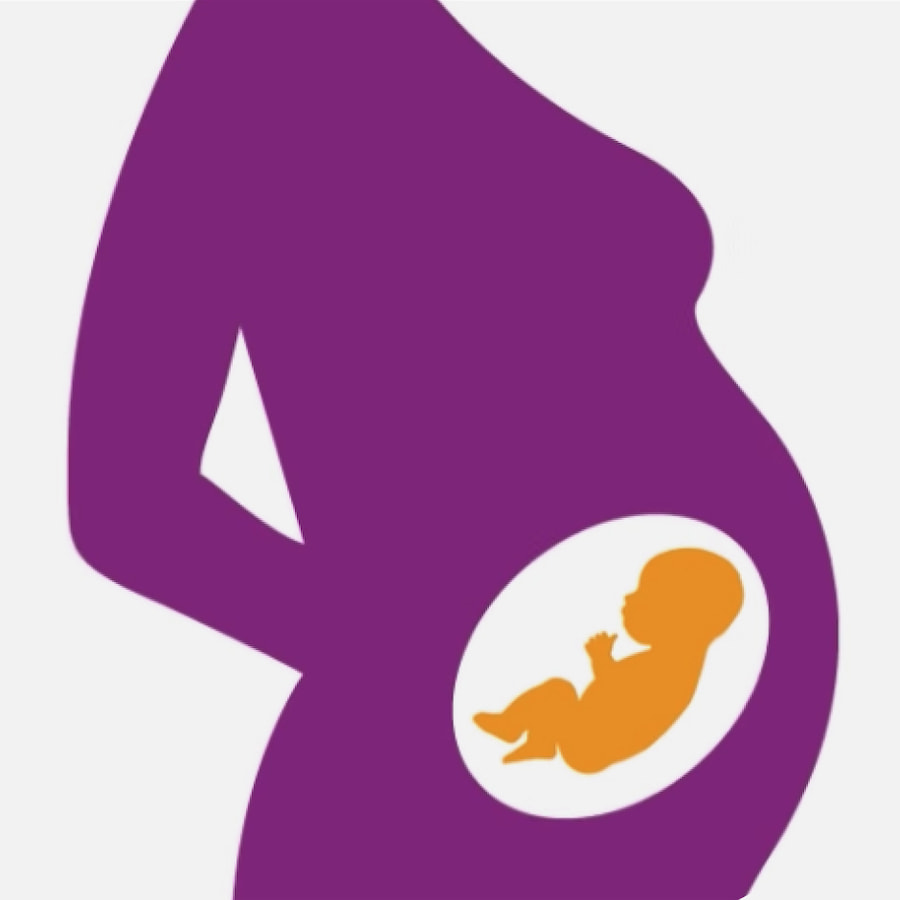非侵襲的出生前検査(NIPT)
通常を越えたものを期待する
NIPT:出生前スクリーニングスタンダードの高まり
非侵襲的
NIPTは簡単な採血で、胎児または患者へのリスクはほとんどありません
正確
イルミナのNIPTは、13、18、21のトリソミーに対して99%以上の感度と特異性を示します1
早期
NIPTは妊娠10週から使用可能2
NIPTの仕組み
NIPTでは、すべての常染色体、性染色体異常、21トリソミー、18トリソミー、13トリソミーなどの一般的な染色体状態について、部分的な重複と欠失、異数性の状態をスクリーニングできます。ゲノムワイドスクリーニングにより、すべての常染色体の部分的な重複と欠失、およびすべての染色体の異数性の状態を調べることが可能になります。
NIPTワークフローは、複数のステップで構成されています。これらのステップの複雑さは、テストや使用する技術的アプローチによって大きく異なります。ワークフローは、採血から血漿を分離することから始まります。血漿からセルフリーDNA(cfDNA)を抽出し、分析用に調製します。
イルミナNIPTは、全ゲノム次世代シーケンサー(NGS)テクノロジーを使用しています。この検査は、全ゲノムにわたるcfDNA断片を分析するもので、ターゲットシーケンスやアレイベースの検査など、他のNIPT手法よりも優れています。
NIPTのテクノロジーを評価する際には、データ生成と解析、ラボワークフロー、そして結果として生じる臨床的な影響を考慮する必要があります。

すべての人に非侵襲的出生前検査を推奨するACOGおよびSMFMガイドライン
ACOGおよびSMFMガイドラインでは、年齢またはベースラインリスクに関係なく、すべての妊娠患者に対してNIPTを推奨しています。ACOGの推奨事項は、妊産婦のケアの質にさまざまな面でプラスの影響を与えています。このような前例のないアクセスにより、より多くの親が妊娠の準備をし、十分な情報を得た上で妊娠を決定する力を与えるでしょう。
記事を読む早ければ10週目からの包括的な洞察
ゲノムワイドまたはExpanded NIPTスクリーニングの信頼性をラボにもたらし、ゲノム検査のメリットを患者に提供します。
NIPTの導入
当社の非侵襲的出生前検査ソリューションの詳細はこちら。
参考文献
- Pertile MD, Flowers N, Vavrek D, et al. Performance of a paired-end sequencing-based noninvasive prenatal screening test in the detection of genome-wide fetal chromosomal anomalies. Clin Chem. 2021;67(9):1210-1219.
- American College of Obstetricians and Gynecologists’ Committee on Practice Bulletins—Obstetrics; Committee on Genetics; Society for Maternal-Fetal Medicine. Screening for Fetal Chromosomal Abnormalities: ACOG Practice Bulletin, Number 226. Am J Obstet Gynecol. 2020 Oct;136(4):e48-e69.
検査の制限
母体血液からのセルフリーDNA分析に基づく非侵襲的出生前検査(NIPT)は、スクリーニング検査であり、診断ではありません。偽陽性および偽陰性の結果が生じます。検査結果を診断の唯一の根拠として使用しないでください。妊娠に関する取り返しのつかない決断を下す前に、さらなる確認検査が必要です。結果が陰性であっても、妊娠に染色体異常または部分的染色体異常の可能性が排除されるわけではありません。この検査では、倍数性(例:3倍性)、開放神経管欠損症などの先天性欠損症、単一遺伝子障害、自閉症などの他の疾患はスクリーニングしません。検査結果が、胎児の染色体状態を反映するのではなく、胎盤の染色体変化(限定胎盤モザイク現象、CPM)または母親の染色体変化を反映し、臨床的意義の有無が不明な場合もあります。
